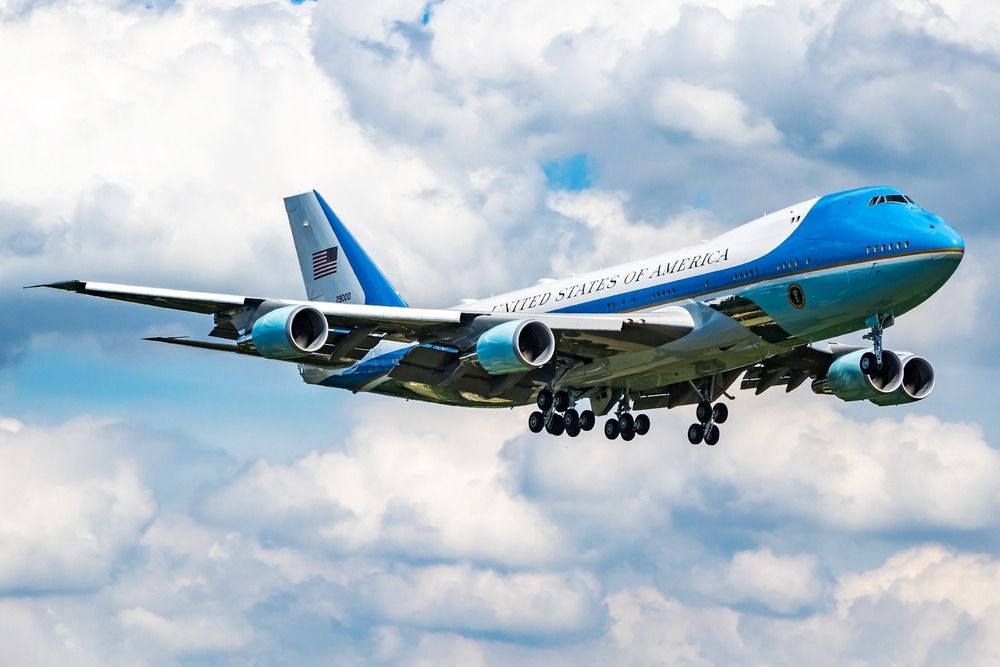When Air Force One touched down at London Stansted Airport on the evening of Tuesday, 16 September, it marked the culmination of a meticulously orchestrated aviation operation that spanned five days, involved multiple airfields, and showcased the logistical prowess of one of the UK’s most capable airports.
President Donald Trump’s 48-hour state visit to the UK was supported by a flotilla of US military aircraft, including Boeing C-17 Globemasters, CH-47 Chinooks, VH-3D Sea Kings, and C-32s. While the arrival of the iconic VC-25B presidential jet drew crowds of aviation enthusiasts and global media attention, it was Stansted’s ability to manage the scale and complexity of the operation that truly impressed.
A masterclass in airport logistics
Stansted’s selection as the arrival point was no accident. The airport’s layout, security infrastructure, and proximity to London make it uniquely suited for high-profile, high-security arrivals. Unlike Heathrow or Gatwick, Stansted offers isolated parking zones far from commercial terminals, allowing sensitive aircraft to operate discreetly and securely.
The airport’s operational teams, led by Managing Director Gareth Powell, coordinated with Harrods Aviation to handle Air Force One and its accompanying aircraft at the private FBO facility. This ensured minimal disruption to regular passenger services while maintaining the highest security standards.
“Teams from across the airport came together to ensure the visit ran smoothly and safely,” Powell said. “The visit highlights Stansted’s capability to manage complex, high-profile operations alongside its everyday passenger services”.
Aviation enthusiasts treated to a rare spectacle
For those passionate about aviation, the week was nothing short of extraordinary. From the arrival of twin VH-3D Sea Kings – transported in pieces aboard C-17s and reassembled on UK soil – to the six-ship formation of CH-47 Chinooks from Germany, the skies over southern England were alive with military precision.
Each aircraft had a specific role: transporting personnel, equipment, or providing aerial escort. The appearance of Air Force One, followed closely by Air Force Two and a C-32 carrying Secretary of State Marco Rubio, added to the drama. Crowds gathered at Stansted, while thousands tuned in via livestream to witness the spectacle.
A showcase of staff excellence
Behind the scenes, Stansted’s staff demonstrated exceptional coordination and professionalism. From air traffic controllers managing temporary no-fly zones to ground crews handling sensitive cargo and VIP movements, the operation was a testament to the airport’s preparedness and expertise.
Security personnel worked in tandem with UK and US agencies to secure the perimeter, while logistics teams ensured that commercial traffic continued with minimal disruption. The seamless execution of such a high-stakes operation underscores Stansted’s standing as a strategic asset in the UK’s aviation landscape.
More than just a landing
As Air Force One remained parked at Stansted until its scheduled departure on Thursday, 18 September, the airport’s role in this diplomatic visit serves as a reminder of its capabilities – not just as a gateway for budget flights, but as a hub for global diplomacy and elite aviation logistics.
For business travellers and aviation professionals alike, Stansted’s performance this week was a compelling demonstration of what modern airports can achieve when precision, planning, and professionalism align.


